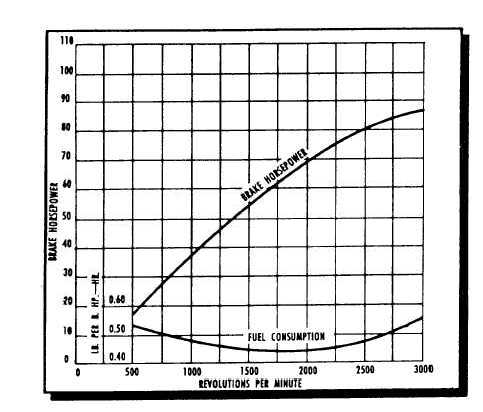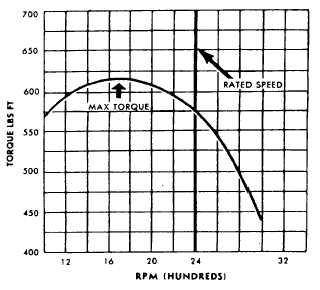
Figure 3-3. - Performance curves of a typical six-cylinder diesel engine.
Figure 3-4 is another example of a graph. It shows that the amount of torque an engine produces varies with its speed. The relationship between torque and horsepower is shown in figure 3-5.
Horsepower is related to both torque and speed. When both are increasing, as they do between 1,200 and 1,600 rpm, then horsepower goes up sharply. As torque reaches maximum and begins to taper off, horsepower continues to rise to maximum. The horsepower starts to decline beyond rated speed where torque falls off sharply.
TIMING DIAGRAMS
Engine timing is largely a matter of opening and closing valves or ports and of adjusting igni- tion or fuel injection so that these events occur at the proper time in the cycle of engine operation. Timing diagrams picture these events in relation to each other and in relation to top dead center (TDC) and bottom dead center (BDC). They are useful to the CM for quick and easy reference. However, before timing diagrams can be useful, the me- chanic must recall a few facts about engine cycles.
The four-stroke-cycle engine makes two complete crankshaft revolutions in one cycle

Figure 3-4. - Graph showing relationship between torque and speed.
Continue Reading